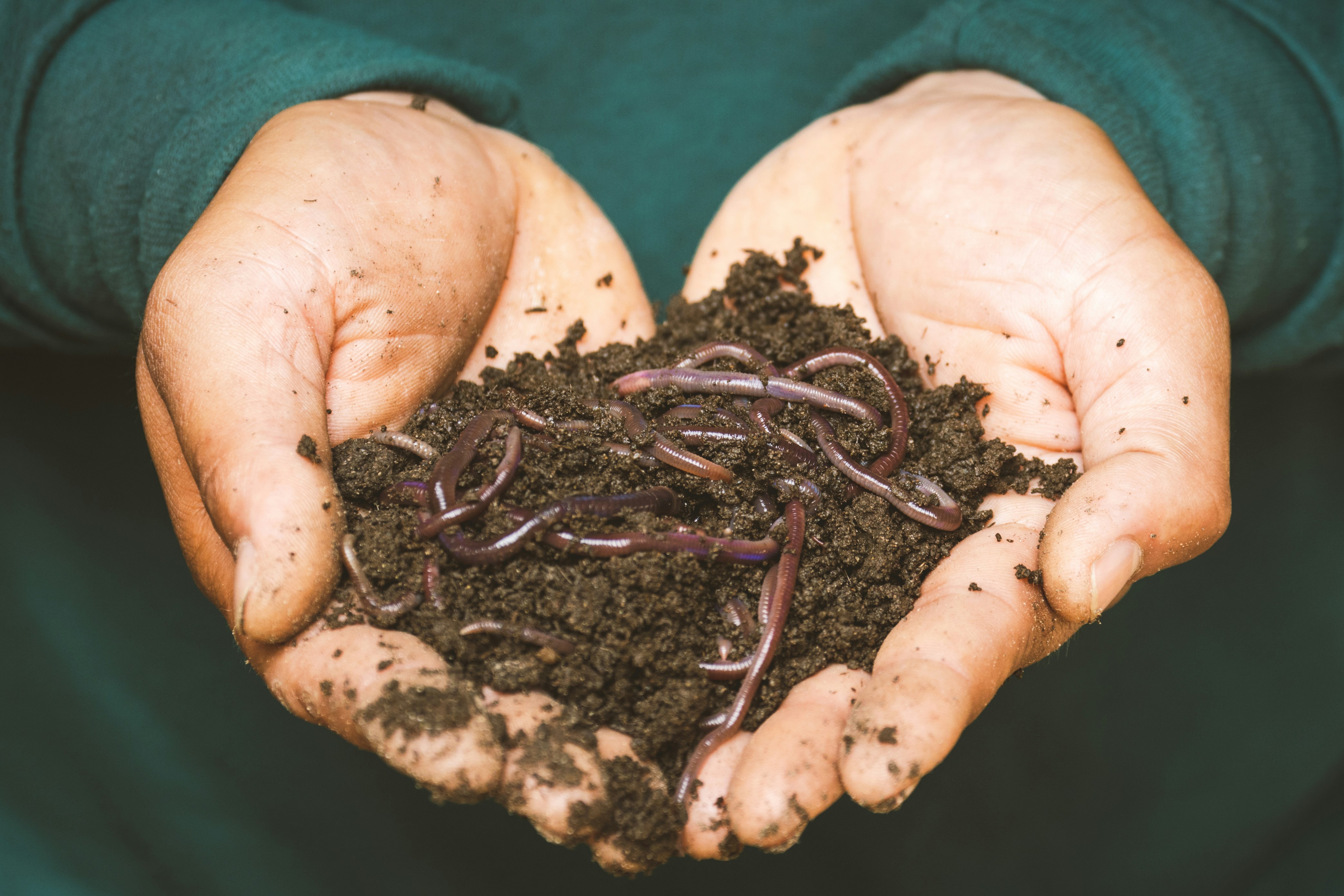From ants to caterpillars, Stanford is no stranger to campus critters. A recent Stanford study found that imported earthworm species have taken over much of North America, potentially threatening native species.
These invasive invertebrates are not stopping anytime soon. Jérôme Mathieu, a study author and associate professor of ecology at Sorbonne University, wrote that rough estimates have non-native earthworms advancing at a rate of 10 meters per year, in an email to The Daily.
In a trend dubbed “global worm-ing,” non-native earthworms have now eclipsed the native earthworm population in parts of North America, wrote study lead Elizabeth Hadly, who is an environmental biology professor and senior fellow for the Woods Institute for the Environment.
These non-native earthworms have the potential to kill some species of trees, Hadly wrote. The non-native earthworms have been observed to change the soil compaction, nutrient supply, and water permeability.
Due to the presence of non-native earthworms in leaf litter near shallow-rooted sugar maples, they have altered the soil composition and caused some of those trees to die, Hadly said.
Hadly’s earthworm project began as an offshoot of another study aiming to understand the movement of mercury in the environment. The researchers thought they could analyze earthworms to gauge mercury levels, but soon realized they needed to first learn more about earthworms.
Earthworms hold significant stewardship over the soil. According to Reynolds, they contribute to organic matter decomposition, soil aeration and soil and nutrient turnover. In North America alone, there are 400 to 500 earthworm species, Reynolds wrote.
Earthworms are frequently seen wriggling on sidewalks after a rainy day. According to Hadly, they emerge from soil and other detritus to avoid suffocation and to use flowing water as a dispersal mechanism.
“The earthworms that people typically see doing this are common nightcrawlers, Lumbricus terrestris,” wrote Nicholas Henshue, professor of ecology at the University of Buffalo. These earthworms “actually are looking for a new burrow and/or a mate,” he wrote.
But to the untrained eye, picking apart non-native and native earthworms generally is no straightforward task.
John W. Reynolds, a study co-author and research director of the Oligochaetology Laboratory in Canada, wrote to The Daily that Asian and European species are distinguishable by color: Clitellum — the thicker, different-colored band on the worm’s body — and setae, the tiny bristles lining the body that help the worm move.
Another difference is that non-native and native worms prefer holing up in different levels of the same habitat. Hadly said that many native worms exclusively dwell deeper in the soil, occasionally coming up to the surface. On the other hand, many invasive earthworm species prefer the surface-level leaf litter and other detritus, sometimes going into shallow soil.
According to Hadly, another key distinction between native and non-native earthworms is their manner of reproduction. A higher proportion of native earthworm species are hermaphroditic and reproduce sexually, whereas many non-native earthworm species are parthenogenic, meaning the offspring are unfertilized eggs that are genetically identical to the parent.
This asexual reproductive capability “may have favored [non-native earthworms’] expansion into North America”, Hadly wrote.
The density of earthworm occupation varies depending on the region. Henshue wrote that they cannot reside in deserts and sand, but in “very moist, rich areas like the southeast [United States], populations have been counted as high as 450 [earthworms] per [square meter].”
The study’s results have been groundbreaking, according to Timothy McCay, professor of natural science at Colgate University. McCay wrote that the study’s “expansive analyses and maps will be useful to biologists looking to target areas for conservation of soil biodiversity.”
McCay also wrote that the study “provide[d] strong evidence that contrary to many [non-native species] introductions that can be traced back to a moment in history, the introduction of these [non-native] soil invaders was prolonged and continuous, at least during the second half of the nineteenth century.”
Humans are frequently to blame for the non-native worms’ presence in North America, Reynolds wrote.
Humans can take actions such as “stopping bait cast-off, using bare root products, checking for accumulated soil on tires and wheel wells and removing it before returning home and only buying heat-treated mulch for … gardens,” Reynolds wrote.
The true relationship between non-native and native earthworms is “very complicated and really requires more study,” McCay wrote.
